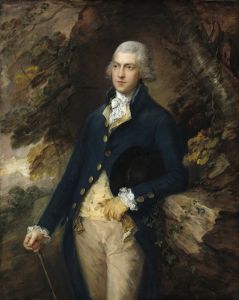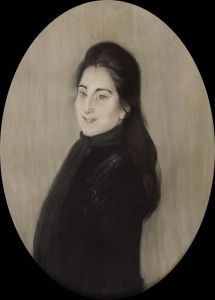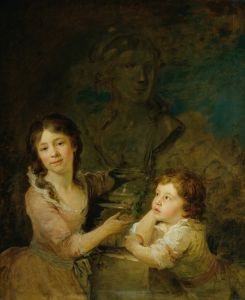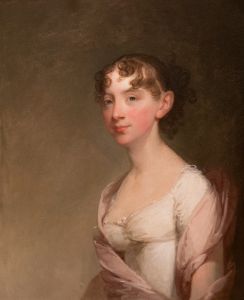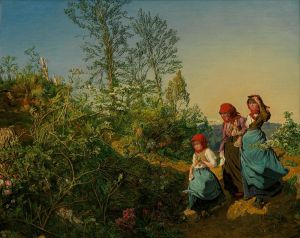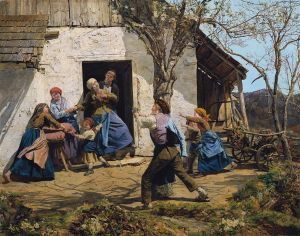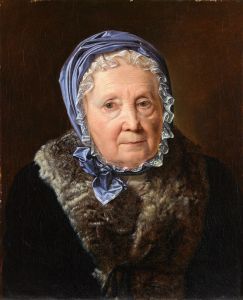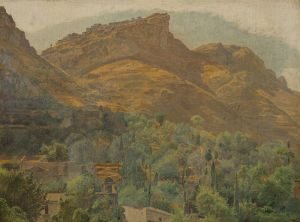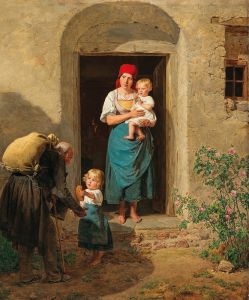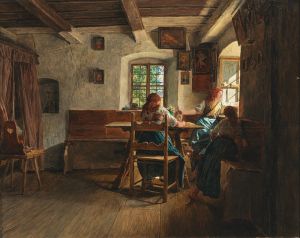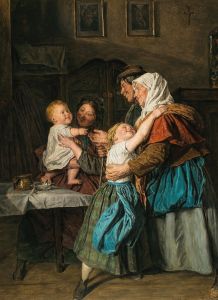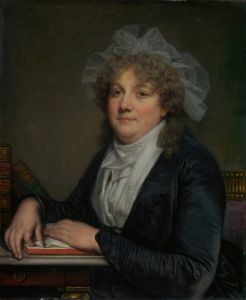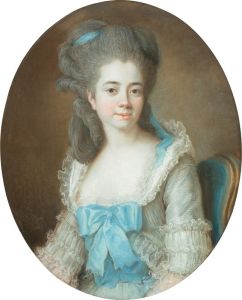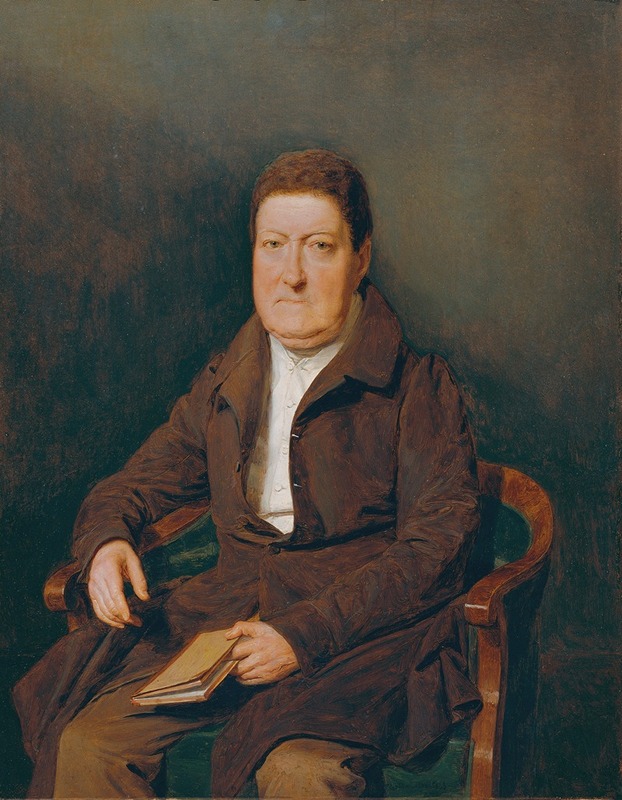
Herr Wohlleben, der Bruder des Wiener Bürgermeisters Stephan Edler von Wohlleben
A hand-painted replica of Ferdinand Georg Waldmüller’s masterpiece Herr Wohlleben, der Bruder des Wiener Bürgermeisters Stephan Edler von Wohlleben, meticulously crafted by professional artists to capture the true essence of the original. Each piece is created with museum-quality canvas and rare mineral pigments, carefully painted by experienced artists with delicate brushstrokes and rich, layered colors to perfectly recreate the texture of the original artwork. Unlike machine-printed reproductions, this hand-painted version brings the painting to life, infused with the artist’s emotions and skill in every stroke. Whether for personal collection or home decoration, it instantly elevates the artistic atmosphere of any space.
Ferdinand Georg Waldmüller, an Austrian painter renowned for his contributions to the Biedermeier period, created the artwork titled Herr Wohlleben, der Bruder des Wiener Bürgermeisters Stephan Edler von Wohlleben. This painting is a portrait that exemplifies Waldmüller’s mastery in capturing the individuality and character of his subjects, a hallmark of his artistic style.
The subject of the painting, Herr Wohlleben, is identified as the brother of Stephan Edler von Wohlleben, who served as the mayor of Vienna. Stephan Edler von Wohlleben held the position of mayor during the mid-19th century and was a notable figure in Viennese society. However, specific details about Herr Wohlleben himself, including his first name and personal accomplishments, are not widely documented. The painting provides a visual representation of a member of this prominent family, reflecting the social status and cultural milieu of the time.
Waldmüller’s work is characterized by its meticulous attention to detail, vibrant use of color, and realistic portrayal of textures, all of which are evident in this portrait. The artist’s ability to depict the nuances of facial expressions and clothing adds depth to the subject’s personality and social standing. This painting, like many of Waldmüller’s works, serves as both an artistic achievement and a historical document, offering insight into the fashion, demeanor, and societal roles of the period.
The exact date of the painting’s creation is not specified, but it is consistent with Waldmüller’s active years as a portraitist and genre painter, primarily during the first half of the 19th century. Waldmüller’s oeuvre includes numerous portraits of prominent individuals, as well as genre scenes that depict everyday life in Austria during the Biedermeier era.
Currently, there is limited publicly available information about the painting’s provenance, including its current location or ownership. Waldmüller’s works are held in various museums and private collections, with many of his pieces displayed in Austrian institutions such as the Belvedere in Vienna.
This painting exemplifies Waldmüller’s contribution to 19th-century European art and his role in documenting the cultural and social dynamics of his time through portraiture. Further research into the painting and its subject could provide additional context and historical significance.





